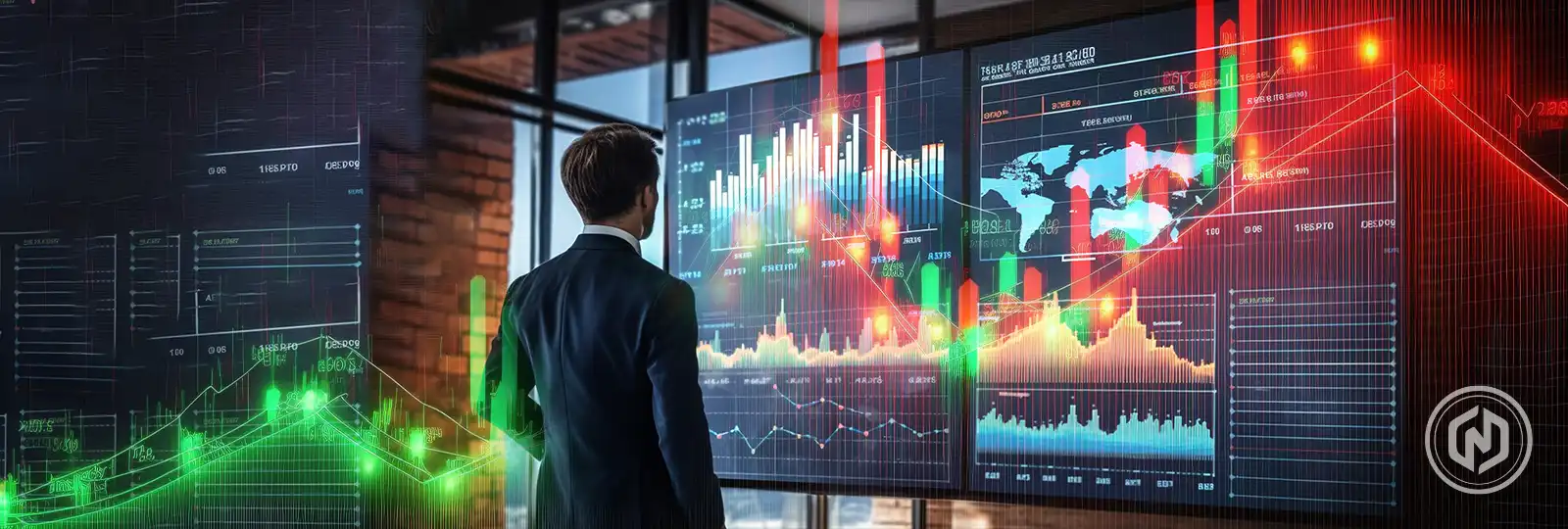What to Know
- Metalayer connects 50+ Ethereum rollups into a unified network.
- Stablecoins gain new interoperability through Caldera’s architecture.
- EigenDA V2 boosts scalability for gaming, DeFi, and real-time apps.
Caldera (ERA) is aiming to reshape how we use Ethereum’s rollups, the extra blockchains built on top of Ethereum that help with speed and cost. Its native token, ERA, is at the center of everything, acting as both the fuel and the governorship tool for this growing modular network.
What’s New with Caldera and Metalayer?
Caldera’s core technology, the Metalayer, is designed to connect more than 50 rollups and different specialized chains into a single, seamless network. Think of it like Netflix for blockchains: no need to switch apps to access different brands; everything is available in one place.
These rollups are key to Ethereum’s expansion, and Caldera is helping developers build and connect them more easily. The Rollup-as-a-Service (RaaS) tool lets developers spin up custom chains, choosing how they manage fees, data storage, and chain logic, all without needing to build from scratch.
Stablecoins and the Interoperability Challenge
In a recent interview with CoinDesk, Fundstrat’s Tom Lee compared stablecoins to a potential “ChatGPT moment” for Ethereum, a breakthrough that could massively accelerate adoption. The U.S. recently passed the GENIUS and CLARITY Acts, which set up the first complete federal rules for stablecoins. This is a turning point for stablecoins, which are no longer a gray area for regulators but are now a key part of the digital economy.
The innovation isn’t about digitizing money banks have handled that for decades. Instead, stablecoins unlock networked money, value that exists natively across decentralized networks rather than on siloed bank servers. That change is already happening: JPMorgan is using JPM Coin to settle euro payments, PayPal is using PYUSD to process invoices, BNY Mellon is letting people mint and redeem USDC directly, and Stripe is rolling out stablecoin accounts all over the world.
But for stablecoins to become a true global standard, they must overcome blockchain fragmentation. Current bridging methods create flawed “wrapped” versions of stablecoins and saddle issuers with heavy operational burdens. This is where Caldera’s Metalayer becomes critical: by creating a unified liquidity and interoperability layer, it allows stablecoins like USDC or PYUSD to function natively across chains without fragmenting liquidity or relying on insecure wrapped assets. In short, the stablecoin revolution and Caldera’s modular architecture are converging. Together, they point toward a future of seamless, omnichain digital money.
The Caldera Bridge Preview
Caldera recently introduced the Bridge Preview, a user-friendly tool that makes transferring assets across chains easy and smooth. Instead of dealing with multiple bridge options, you can input where you’re sending and what you want to send, and the software finds the cheapest, fastest route. It often happens in seconds.
Thanks to the Metalayer’s architecture and the staking security model, these transfers stay safe with no extra risk from patching together bridges. Plus, future updates aim to extend support beyond Ethereum rollups to chains like BSC, Polygon, and even non-EVM networks.
Caldera started ERA Force One, a community-building project based on Air Force rankings, to strengthen ties with its supporters. People who own tokens can “level up” their ranks, get access to private group chats, and get perks early. The move makes participation more fun and strengthens people’s loyalty to ERA.
Caldera has released EigenDA V2, an improved data availability layer that increases throughput and lowers latency on the infrastructure side. These changes are meant to make Caldera better for real-time gaming, DeFi apps, and immersive user experiences, which all need speed and scalability.
Conclusion
By fixing one of blockchain’s biggest problems, fragmentation, Caldera is putting itself at the center of Ethereum’s rollup future. Caldera is building the foundation for a blockchain infrastructure that is easy to use, can grow, and is run by the community with its Metalayer, Bridge Preview, and ERA-powered ecosystem. By directly addressing stablecoin interoperability, it fits in with the next wave of crypto adoption, when money can move freely between chains. If it works, Caldera could become a key part of the Internet of Chains.
Also Read: Rex Osprey Files for Spot BNB Staking ETF With SEC



